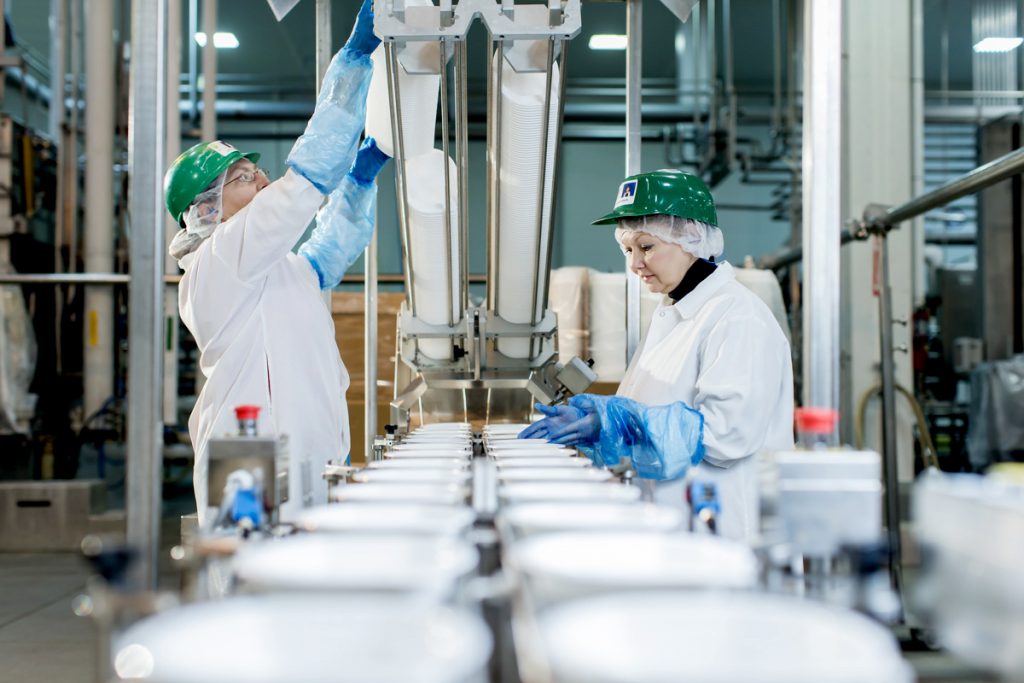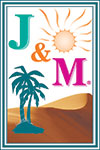
The responsibility to deliver a properly certified halal product to the end consumer lies with the producer and marketer to confirm that the certifying agency is reputable and follows relevant standards. It is the responsibility of the certifying agency to publish its standards on which the consumer can rely.
For example, there are some halal agencies which allow leniencies to accept kosher slaughter as halal. Some may require an Islamic inspector to be on-site to recite a prayer over the kosher slaughter as a means to make it appear “more halal”. This leniency is becoming less and less acceptable everywhere.
True halal slaughter is performed by a trained Islamic slaughter man. To avoid confusion, consumers need to know what standards the halal symbol stands for to determine if that product is appropriate for their needs.
J&M’s founder, Mary Anne Jackson, co-authored and published the first Halal Industrial Production Standards© book in 1997 to help the US halal market develop. Over the years, trained inspectors have increased in numbers so the trend has changed toward more certification. Now governments and consumers are scrutinizing agencies and assessing reliability more and more critically.
